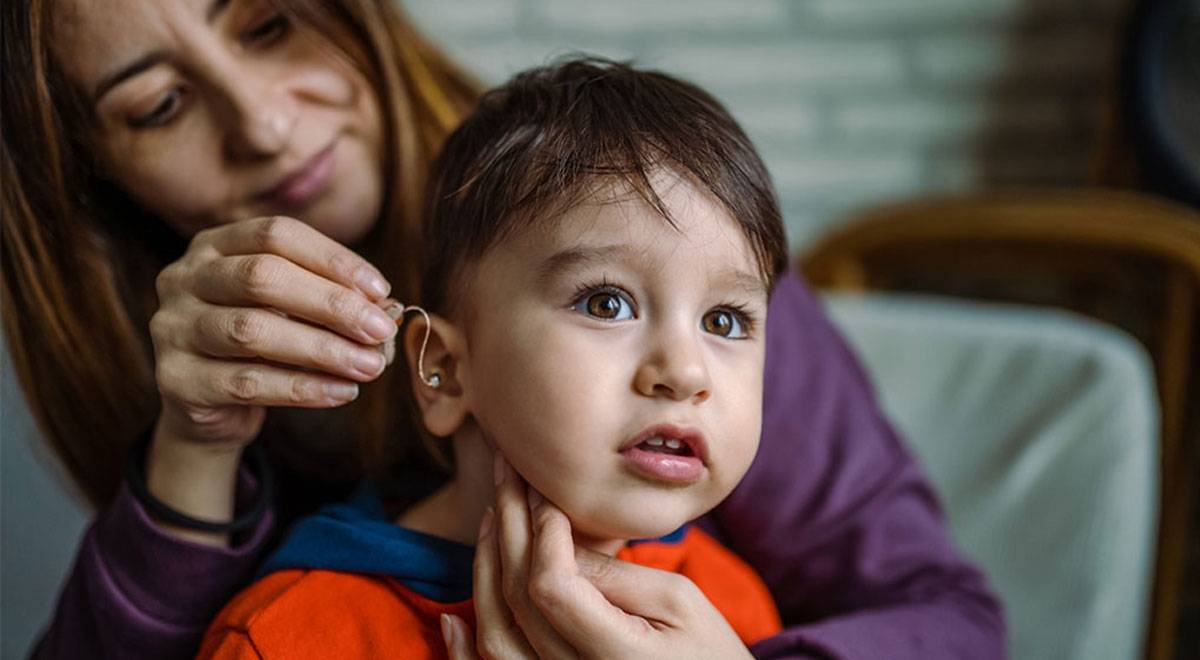How Technology Helps Children With Hearing Loss Stay Connected And Learning
Pediatric hearing loss can affect speech development, social interaction, and classroom participation, but early support paired with the right tools helps children thrive. Modern technology provides clearer access to sound, stronger communication opportunities, and greater confidence throughout daily routines. Families and educators who understand these options can create learning environments where every child is included.
How Hearing Loss Affects Learning
Children with hearing loss may struggle to follow conversations, hear soft speech, or distinguish similar sounds in noisy settings. These challenges can make it harder to participate in group activities, respond to instructions, or build early literacy skills. Even mild hearing loss can cause a child to miss crucial information during lessons. Early screening and accurate assessment play a key role in identifying needs before they interfere with development. Clinical evaluations often take place inside specialized audiometric sound booths that provide precise, controlled conditions for testing.
Technology That Supports Communication
Modern hearing aids and cochlear implants provide clearer, more consistent sound input. Many devices connect directly to tablets, phones, or classroom microphones, helping children hear speech over background noise. For school settings, FM and digital remote microphone systems transmit a teacher’s voice directly to a child’s device, reducing listening fatigue and improving comprehension. Sound field systems placed around a classroom also help amplify instruction for all students, creating a more inclusive learning space.
Tools for Classroom Success
Visual supports like captioned videos, real-time transcription apps, and interactive whiteboards give children alternative ways to access information. Speech-to-text tools are especially helpful during fast-paced lessons. Teachers can also use simple strategies such as facing the class while speaking or checking for comprehension before moving on. Consistent communication between families, audiologists, and educators ensures that children receive the right accommodations throughout the school year.
With early identification and the smart use of technology, children with hearing loss can participate fully in both learning and play. Supportive environments help them build strong communication skills and stay engaged with peers, setting the foundation for long-term success. Look over the infographic below to learn more.



